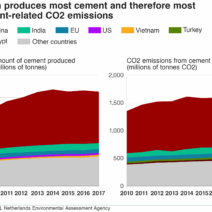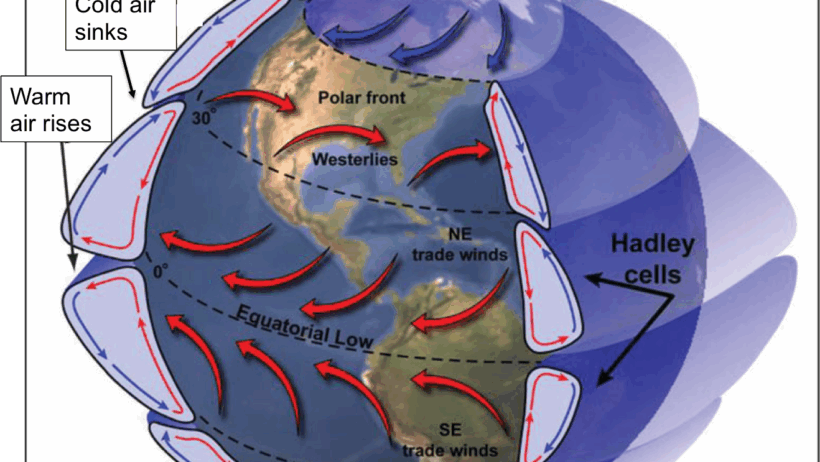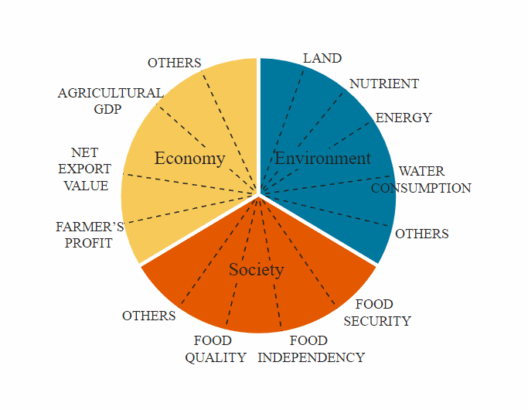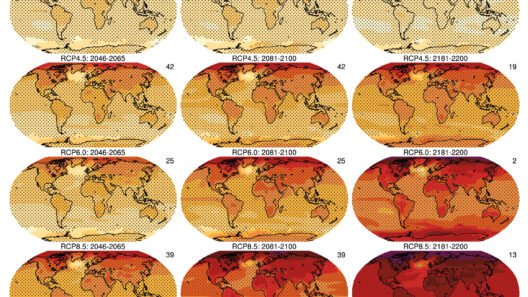Have you ever pondered the intricate choreography of ocean currents? These colossal rivers of seawater, undulating beneath the surface, possess immense power, shaping ecosystems and influencing climate patterns across the globe. The dynamic nature of oceans is more than just a fascinating natural phenomenon; it is a force that plays a pivotal role in regulating the Earth’s climate. Understanding ocean currents is essential to grasp the intricacies of climate change and the ongoing challenges we face in mitigating its effects.
Ocean currents can be defined as continuous, directed movements of seawater generated by various forces, including wind, the Earth’s rotation (the Coriolis effect), salinity gradients, and differences in water temperature. These currents are critical for heat distribution, transporting warm water from the equator toward the poles and cold water from the poles back toward the equator. This cyclical process helps stabilize global temperatures and sustain diverse marine ecosystems.
Consider the Gulf Stream, an iconic ocean current originating in the Gulf of Mexico. It meanders across the Atlantic Ocean, bringing warm water to the western coasts of Europe. This warmth significantly moderates the climate in regions like the United Kingdom and Scandinavia, enabling temperate weather conditions, unlike those found in North America at similar latitudes. Without the Gulf Stream, Europe would be significantly colder. The implications of such currents extend beyond mere temperatures; they influence precipitation patterns, storm formation, and even the distribution of marine species.
To comprehend the full extent of ocean currents as climate-altering forces, it’s crucial to delve into the concept of thermohaline circulation, often referred to as the “global conveyor belt.” This vast system of ocean currents is driven by variations in water density, which are influenced by temperature (thermo) and salinity (haline). Warm, salty water is lighter and tends to remain at the surface, whereas colder, fresher water sinks. This process creates a deep-water current that circulates around the globe, establishing a vital connection between different ocean basins.
The beauty of ocean currents lies in their ability to interact with each other, creating complex systems that can amplify or mitigate climate changes. For instance, when the Antarctic Circumpolar Current combines with the warm waters from the Atlantic, it impacts weather systems across continents. However, the burgeoning challenge lies in how climate change is disrupting these patterns. As global temperatures rise, polar ice melts, and freshwater flows into the oceans, altering salinity and, consequently, the fundamental mechanics of thermohaline circulation.
What happens when these currents exhibit erratic behavior? Scientists have already observed signs of slowdown in currents like the Gulf Stream. Alterations to this pivotal current can lead to unprecedented climate impacts, including more intense storms on the eastern coast of North America and significant shifts in rainfall patterns across Europe and Africa. The potential ramifications are staggering: failure to address these changes could lead us toward a future marked by extreme weather events, rising sea levels, and fractured ecosystems.
Beyond climate regulation, ocean currents also serve as highways for marine life. Species, from plankton to whales, depend on these currents to traverse vast distances, find food, and reproduce. Ocean currents create various habitats, from nutrient-rich upwellings that fuel productive fisheries to deep-sea trenches teeming with unique organisms. As ocean temperatures rise and currents shift, the delicate balance of these marine ecosystems is disrupted, leading to biodiversity loss and increased vulnerability for numerous species.
Humans, being intrinsic participants in this ecological drama, are not immune to the consequences. Coastal communities that rely on fishing, tourism, and natural resources are particularly susceptible to changes in ocean currents. A challenge presents itself: how can we adapt our practices to ensure a sustainable future while preserving the delicate interplay of oceanic forces? Societies must optimize fisheries, emphasize conservation, and prioritize responsible consumption to foster resilience against the unfolding effects of climate change.
Further complicating the narrative is the interplay of pollution and ocean currents. As ocean waters become increasingly laden with plastic waste and chemical runoff, these pollutants become integrated into the prevailing currents. The consequences are dire, not just for marine life but also for human health. Seafood tainted with toxins can enter the food chain, affecting populations far removed from the original pollution source. Addressing pollution requires concerted global efforts that transcend borders, necessitating cooperative policies and frameworks focused on ocean health.
With the knowledge that ocean currents can be both a climate stabilizer and a catalyst for change, one can’t help but question: will humanity rise to meet the challenges presented by these vital forces? Engaging with the scientific community, fostering public awareness, and implementing adaptive measures to protect our oceans are pivotal steps in ensuring a climate-resilient future. This nexus between oceans and climate necessitates urgent action; the fate of the planet hinges on our ability to understand and embrace the profound significance of ocean currents in shaping our world.
In conclusion, ocean currents symbolize the intertwined relationship between nature and climate. As they navigate the depths of the seas, they carry with them crucial lessons about the balance necessary for life on Earth. The challenge before us is clear: can we forge a path toward sustainable coexistence with these powerful, climate-altering forces? The answer lies in our collective decision-making, prioritizing the health of our oceans as a fundamental aspect of combating climate change.








